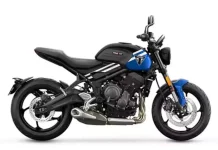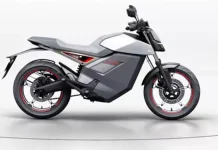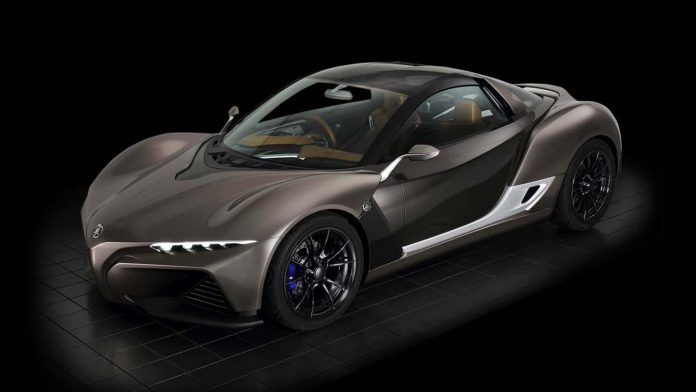Yamaha’s Multifaceted Brand Identity
Yamaha is a brand that holds diverse meanings for different people. While some associate it primarily with motorcycles, others recognize it as a leading manufacturer of musical instruments and audio equipment. Additionally, Yamaha’s product lineup extends to golf carts, ATVs, generators, and even swimming pools. Despite its extensive involvement in various sectors, Yamaha’s contributions to the automotive industry are less widely known but equally impressive.
Yamaha’s Early Automotive Contributions: The Toyota 2000GT
In the 1960s, Yamaha made a significant mark in the automotive segment by assisting Toyota in developing the iconic 2000GT. This collaboration not only showcased Yamaha’s engineering capabilities but also laid the foundation for its future automotive ventures. The Toyota 2000GT remains a symbol of the successful partnership between Yamaha and Toyota, illustrating Yamaha’s potential in high-performance automotive engineering.
Engineering Marvels: Ford’s V-6 SHO and V-8 SHO Engines
Yamaha’s expertise extended to working with Ford on the development of its high-performance SHO engines. Yamaha engineered and built the V-6 SHO and V-8 SHO engines, which became known for their power and reliability. These engines were pivotal in enhancing Ford’s performance vehicle lineup and demonstrated Yamaha’s ability to deliver top-notch automotive engineering solutions.
High-Revving Collaboration: Lexus LFA’s V-10 Engine
One of Yamaha’s most notable collaborations was with Lexus for the V-10 engine in the high-revving LFA supercar. The LFA’s engine, known for its incredible performance and distinctive sound, was a testament to Yamaha’s engineering excellence. This partnership highlighted Yamaha’s capability to produce engines that not only meet but exceed the expectations of the luxury sports car market.

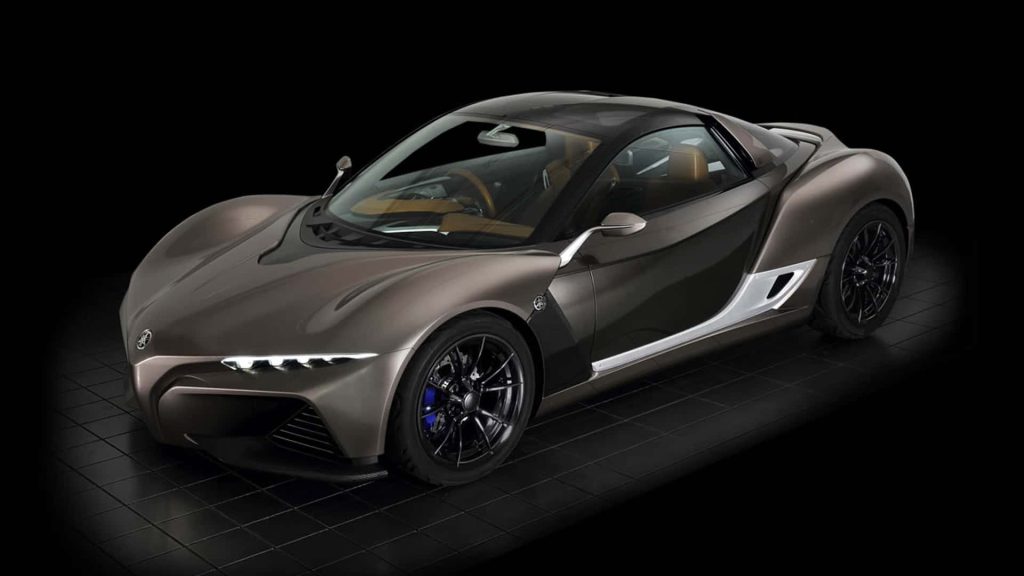

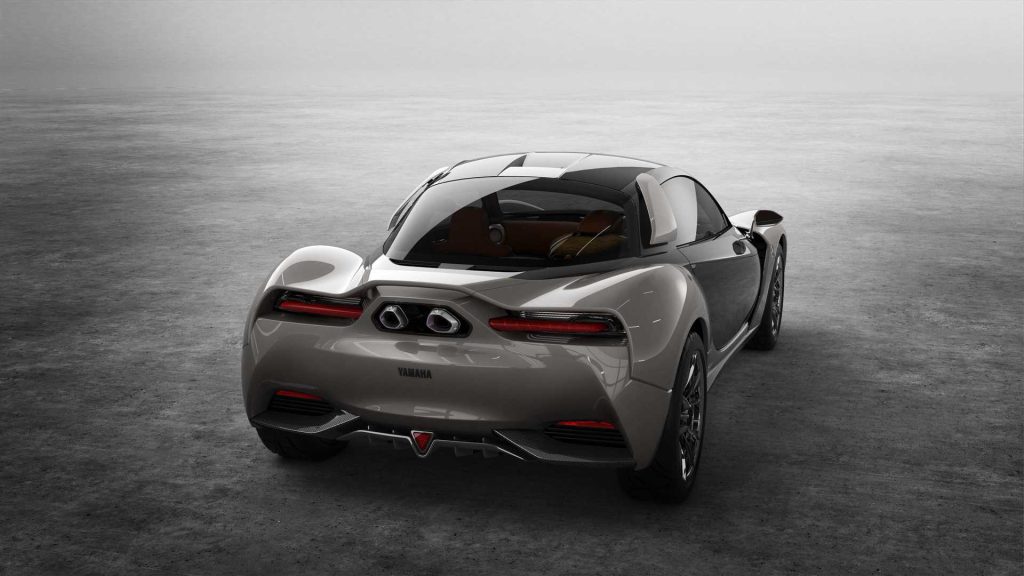
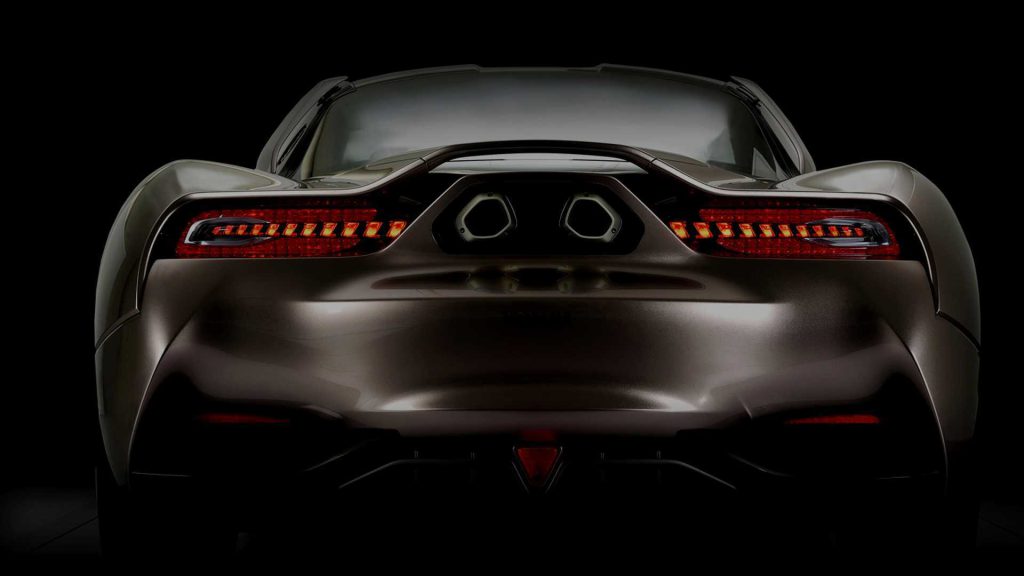
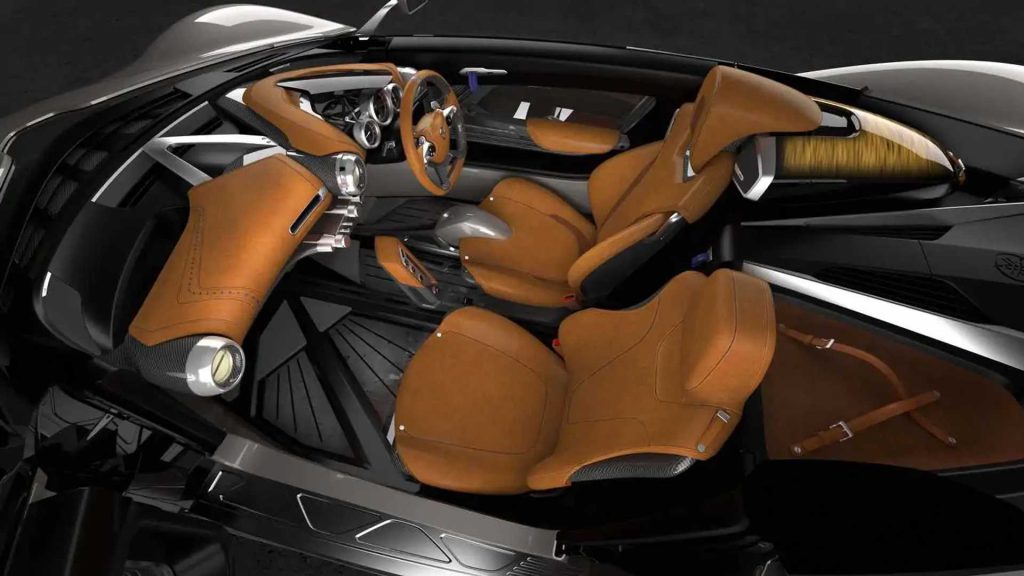
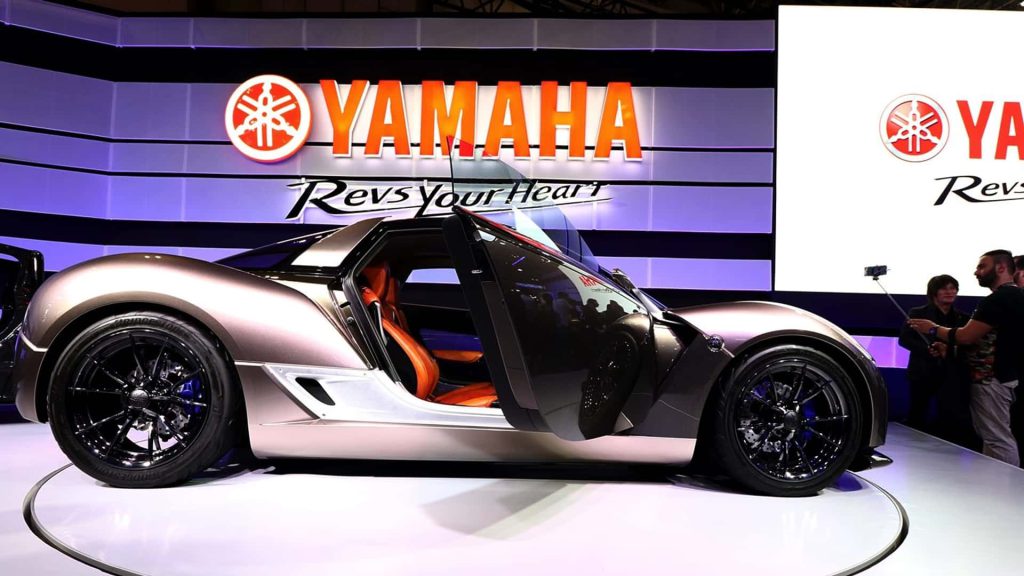
Contributions to Volvo and Other Iconic Models
Yamaha’s involvement in the automotive industry wasn’t limited to high-performance sports cars. The company also developed a V-8 engine that was used in several Volvo models. Additionally, Yamaha’s engineering prowess was evident in the four-cylinder engines that powered the Toyota Celica, MR2, and Lotus Elise. These contributions further solidified Yamaha’s reputation as a versatile and skilled automotive engineering partner.
Yamaha’s Ambitious Car Projects: The OX99-11
Yamaha’s ambition to create its own car led to the development of the OX99-11 in 1992. This project aimed to produce a road-legal F1 car with a V-12 engine. However, the early 1990s recession ultimately halted the project, preventing what could have been an extraordinary addition to the automotive world.
Reimagining Automotive Dreams: The Motiv and Sports Ride Concepts
In 2013, Yamaha revisited the idea of building its own car with the introduction of the pint-sized Motiv. Despite its promising design, the Motiv did not make it to production. A couple of years later, Yamaha presented the Sports Ride concept at the Tokyo Motor Show, positioning it as a potential competitor to the Mazda Miata.
Lightweight Engineering: The Sports Ride Concept
The Yamaha Sports Ride, unveiled in 2015, was a diminutive two-seater coupe built around Gordon Murray Design’s iStream chassis. Weighing just 1,653 pounds, it was significantly lighter than the ND-generation MX-5 that debuted around the same time. With dimensions of 153.5 inches in length, 67.7 inches in width, and 46 inches in height, the Sports Ride had proportions similar to a Miata, making it a compelling lightweight sports car.
Evolution to Electric: Patent Images and the T40
Following its debut, the Sports Ride concept continued to evolve. Patent images from 2018 suggested a closer-to-production version with a toned-down, Lotus-like design, leading to speculation that the Sports Ride might become an electric vehicle. The trademark application listed on the European Union Intellectual Property Office website included Gordon Murray as one of the designers.
The T40: A Glimpse of Production Intent
In 2017, Yamaha released a video showcasing the updated car, now referred to as the T40, undergoing testing. This iteration retained a combustion engine, signaling Yamaha’s continued interest in traditional automotive performance. Despite its promising design and testing phases, Yamaha never disclosed the engine details for the T40. However, the Sports Ride’s headlights, inspired by the YZF-R1 sports bike, hinted at the potential for a high-revving 1.0-liter four-cylinder engine producing 200 horsepower.
The Unfulfilled Potential of the T40
The testing of the T40 with a production-like design suggested that Yamaha was serious about bringing it to market. Unfortunately, all car development plans were abandoned in 2019, and the potential competitor to the Subaru BRZ and Toyota GR86 never materialized. The T40’s lightweight design and performance capabilities would have made it a formidable contender in the affordable sports car segment, which remains a niche yet highly competitive market.
Conclusion: Yamaha’s Diverse Legacy
Yamaha’s journey through the automotive landscape is a testament to its versatility and engineering excellence. From collaborating with major automotive brands to developing ambitious car projects, Yamaha has consistently demonstrated its ability to innovate and excel. While the T40 and other car concepts never reached production, they remain a significant part of Yamaha’s legacy, showcasing the company’s potential to influence and inspire the automotive industry.



